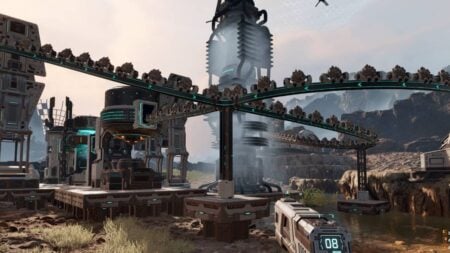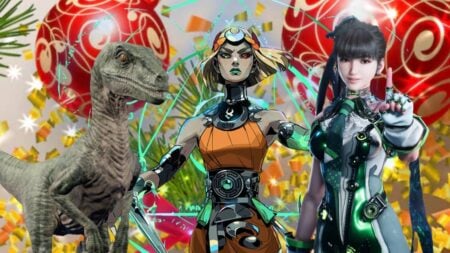Skip To...
Two shows that I have recently gotten off my backlog are the Netflix adaptation of She-Ra and the Princesses of Power and the 2011 reboot of ThunderCats, another cartoon series from the ’80s era. She-Ra was one of those shows that you hear nothing but good things about for so long but for some reason never get into it until it’s either completed its runtime or is no longer available. Luckily, I was able to watch all of its 5 seasons and enjoyed every single second of it.
In many ways, She-Ra is a tried and true example of how to adapt old-school cartoons into our modern-day sentiments properly, and the work put in by Noelle Stevenson and her team is worthy of nothing short of critical acclaim. However, as successful an adaption as She-Ra was; unfortunately, ThunderCats has fallen somewhat short compared to it. Don’t get me wrong, it’s a fantastic show, but it would be a lie to say the series experienced the same rise to fame as She-Ra and rather fell from grace its initial graces into something that is now not even talked about.
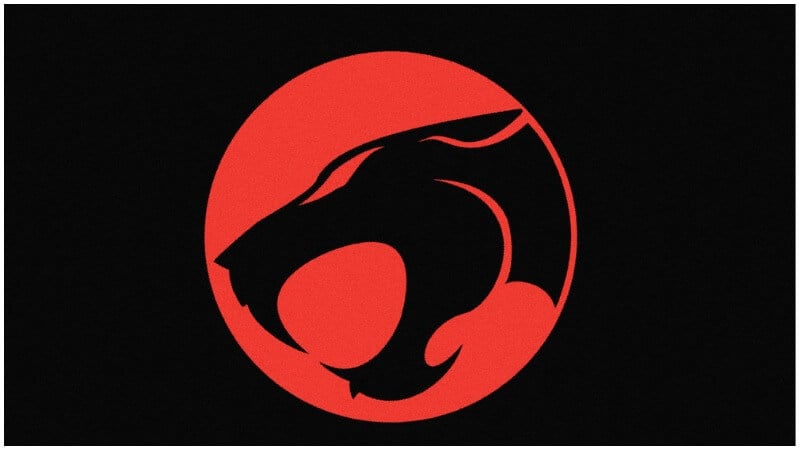
History of the ThunderCats Cartoon – Rise and Fall
ThunderCats first came to be in 1985, the same year as the original She-Ra and the Princesses of Power. It was mainly produced and distributed by the Telepictures Corporation, with an animation team stationed in Japan and the writing, voicing, and directing team stationed in the United States. This was before it was legally owned by Warner Bros., which did not happen until 1989, the same year it was canceled.
But before that, ThunderCats was very much a hit, along with many other classic cartoons of the ’80s era produced in a similar style and fashion, which included She-Ra and shows like He-Man and the Masters of the Universe. Although these shows were all very similar and appealed to a similar audience, they all had their own identity and could be distinguished by their characters, worlds, and settings.
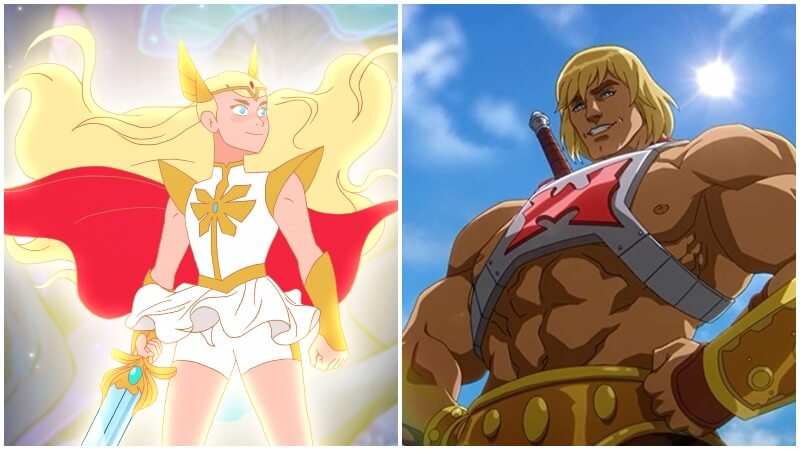
Nowadays, we may look back to this era of animation as rather cheesy and perhaps not as good or exciting as we may remember them as children, but that clearly has not stopped the train of trying to reimagine them for our contemporary experience. As time goes on, standards change, and our standards for storytelling in cartoons are very different than what they were back in the ’80s, which is perhaps why a show like She-Ra was able to succeed. It took what we remember about what made She-Ra so awesome and made it fit within our modern experience, and the 2021 He-Man series was very similar in that regard. So, what’s the deal with ThunderCats?
The ThunderCats series produced on Cartoon Network in 2011 had a lot of the same things going for it that She-Ra did in its initial run. It presented a brand new yet familiar take on the original story of ThunderCats, which followed a group of cat-like aliens from a planet called Third Earth who are fighting back against an evil, intergalactic warlord named Mumm-Ra. Using the power of the Eye of Thundera and the legendary Sword of Omens, they beat back against Mumm-Ra time and again to save the galaxy and their people.
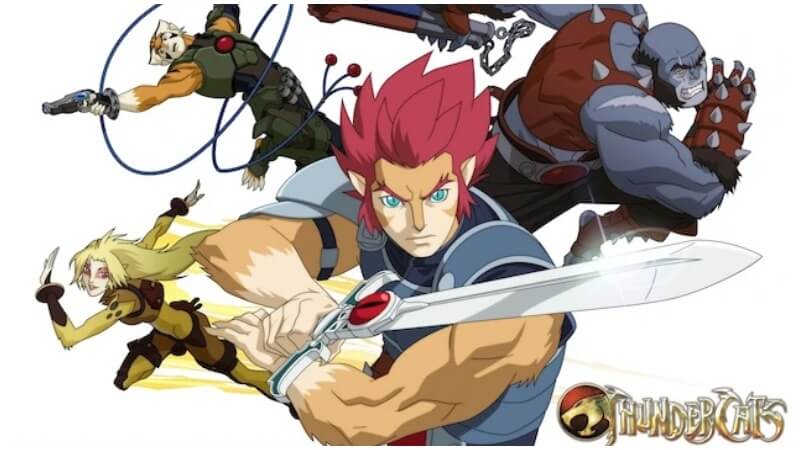
The series was a massive success upon its release and was popular with young audiences of that era, mainly due to its great action, iconic music, and memorable characters that kids loved. The original opening is perhaps one of the most recognizable cartoon openings of all time, and the imagery from it speaks for itself in a very similar way to She-Ra and the Princesses of Power. “Thundercats-Hooooooo!” is a line many adults from that era may remember, and it stands the test of time.
But for as great of a show as ThunderCats was way back when that did not make it immune to behind-the-scenes meddling and controversy. Frankly, parents and groups from back then saw it, and the show liked it as too violent, and when the network opted to batch the release schedule of the episodes, the ratings suffered and, subsequently, the show’s future. Combine that with the toyline becoming more and more unmarketable, and you can see that the fall of ThunderCats was more of a gradual downward spiral than a complete collapse.
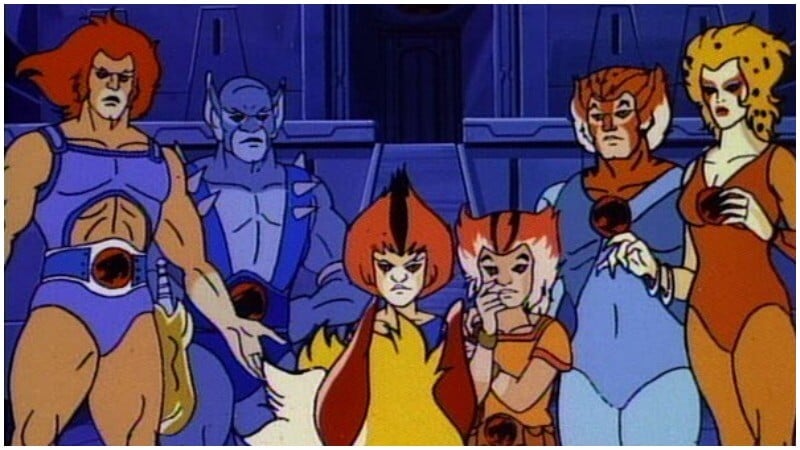
Reboot After Reboot – What’s Next?
That did not stop Cartoon Network from attempting to revive the story in 2011 with the new series, and I vividly remember that announcement. Having been a fan of the series when he was younger, my father was particularly excited, especially because the network aired the original episodes as part of the campaign. It was awesome, and it seemed to succeed. The first two episodes, Omens: Part One and Two, received about 2.4 million national ratings on Cartoon Network. To put this into perspective, that was among the top ten highest cable ratings in the entire nation on that day.
That is a fairly impressive first outing, and while the ratings were not super high over the course of its run, the show still managed to farm plenty of praise for its story, lore, and animation especially, which was some of the most visually impressive on the network at the time. The show also had an impressive cast and directing team, with developer Micheal Jelenic (famous for his work on Batman: The Brave and the Bold) and Ethan Spaulding, a former crew member on Avatar: The Last Airbender, working together to develop the series.

This sounds all well and good, and the series was on track to continue from where season 1 left off with an even more intense and intricate narrative but was unfortunately cut short due to, unfortunately, bad toy sales. Whether this was the result of Cartoon Network simply not promoting the series, enough or an overall lack of interest (both of which would be odd considering how well-received the series was) remains unclear. The after-effects cannot be undone.
ThunderCats Roar was another attempt to bring the cartoon series back into the modern light, perhaps following up on the success of She-Ra. But when it also fell short due to generally negative reviews from audiences, the future of the franchise as a whole now remains very uncertain, and that is unfortunate. She-Ra and the Princesses of Power and other revivals like it prove that, with the right team, creativity, and work, a reboot can both be different and be done right, and ThunderCats is most deserving of this.
They say the third time’s the charm. With a new environment for animation, mainly on streaming services, it seems that with the right investment, we could see a similar resurgence for ThunderCats as we have with other classic cartoon series. Only time will tell when the world of Third Earth makes a great return.



